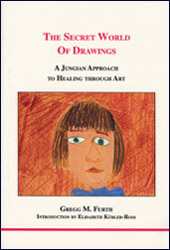Interpretation can paradoxically help discover a particular kind of beauty in a drawing. Whoever has made a drawing often judges his picture according to external aesthetic criteria, and he therefore tends to underestimate it in view of his limited means of pictorial expression. Here, interpretation can help the patient change that viewpoint and those criteria. Namely, it allows him to experience that, deep insider, his unconscious is allowing for a surprisingly accurate expression of is emotional state of mind; this, in turn, allows the patient to experience the deeper knowledge reigning beyond his conscious intentions. In the end, it is only interpretation that permits the patient to change over from subjective opinions on the actual aesthetic creativity of his drawing to a better understanding of the autonomous psychic reality it expresses. In this sense, interpretation in one way leads to a reductive summary of the picture, but rather to amazement – on the part of the patient as well as the therapist – at the wisdom of its fundamental creativity.
Gregg Furth eminently succeeds in conveying this feeling of respect towards the drawings he discusses, while at the same time inviting their methodical exploration. He lets the reader feel that picture interpretation is both a mysterious game and scientific work. In this sense, his book is a superior introduction to the right spirit and competent practice of picture interpretation.
Dr Paul Brutsche
